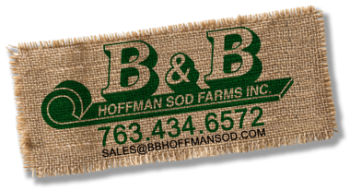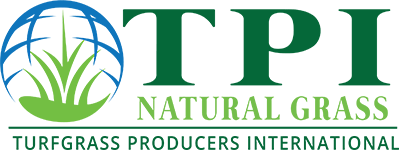Spring is the ideal time to get your yard back in shape after a long winter. As we turn our attention to lawn care, rather than snow removal, it is time to patch dead grass areas, de-thatch, and fertilize. Check out our easy pro tips on improving the appearance of your yard.
De-Thatch to encourage growth. Remove dead layers of grass, roots, and debris that accumulates between the soil surface and the green grass blades by de-thatching. If not performed regularly, you may notice portions of grass that form a thick mat, preventing water and air from reaching the soil. To prevent this, de-thatching should be done once a year in the early spring, before grass becomes bright green and thick. De-thatching, which can be done to smaller lawns with a special rake, allows you to get the thatch out of the grass, allowing air to get at the base of the plant and gives it a healthy start in the spring after a long winter. Those with larger lawns may choose to rent a de-thaching machine, which can be either be pulled behind a lawn tractor or there is a push version likely available at a local general rental store.
Replenish your lawn with fertilizer. Fertilizers are important to lawn care because they can expedite plant growth, making plants and crops grow quickly and appear greener, fuller, and healthier. Most nutrients for your lawn are water-soluble and, over time through snow, rain or irrigation, the water will carry nutrients out of your lawn and leave it nutrient deficient. An unhealthy lawn is susceptible to disease, and fertilizer can replenish those nutrients and keep your lawn healthy. Our experts recommend fertilizing early in the spring, following up every four weeks through the month of June.
Repair or replace your lawn with sod. For new lawns, sod is an excellent option to jump-start the growing process, as it gives you an immediate green lawn with mature density and a solid root system. Turfgrass sod creates a soft, clean and safe playing surface for children, lawn games, and family entertaining. Our easy-to-use small sod rolls make laying turfgrass yourself easy and efficient. There is no expensive machinery needed, making small sod rolls the do-it-yourselfers product of choice.
Prevent weeds and over-watering. Pre-emergent weed control should go down when the ground temperature reaches 50 degrees to avoid any seeds that may have dropped last fall to germinate. No need to water your lawn this early in the season just to expedite greening. Spring rains typically produce sufficient moisture for awakening lawns. Only irrigate if grass shows signs of dehydration.
To learn more about spring lawn care and the products that B&B Hoffman Sod Farms offers, visit us online at bbhoffmansodev.wpengine.com or call 763-434-6572.

